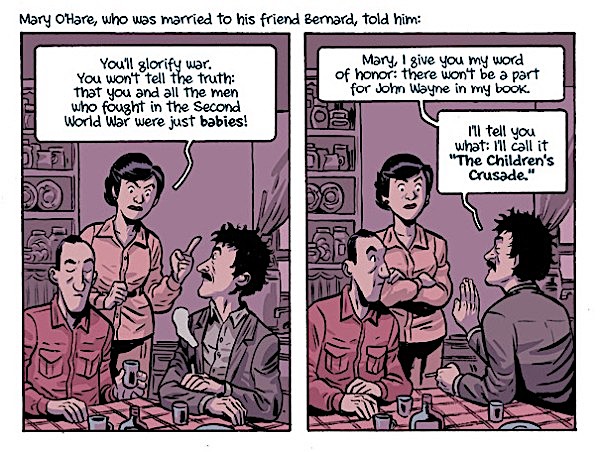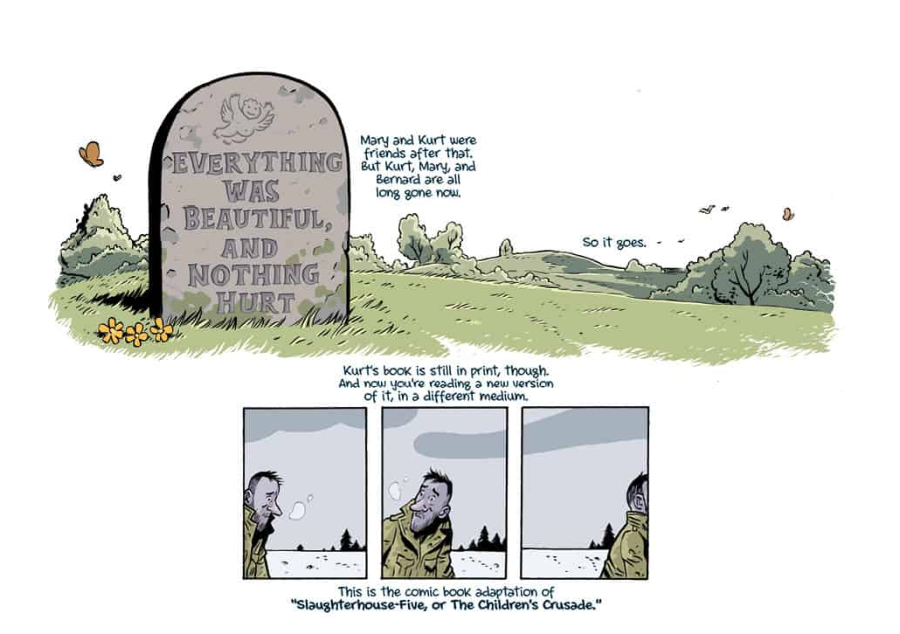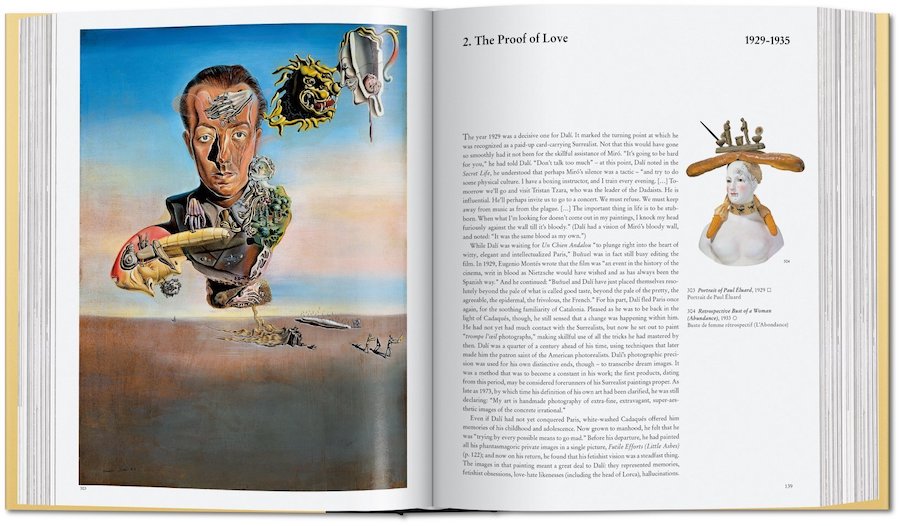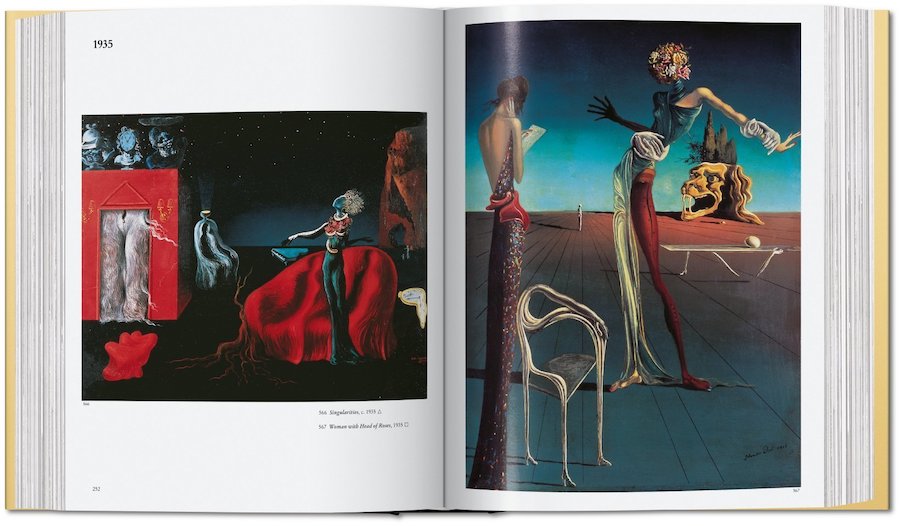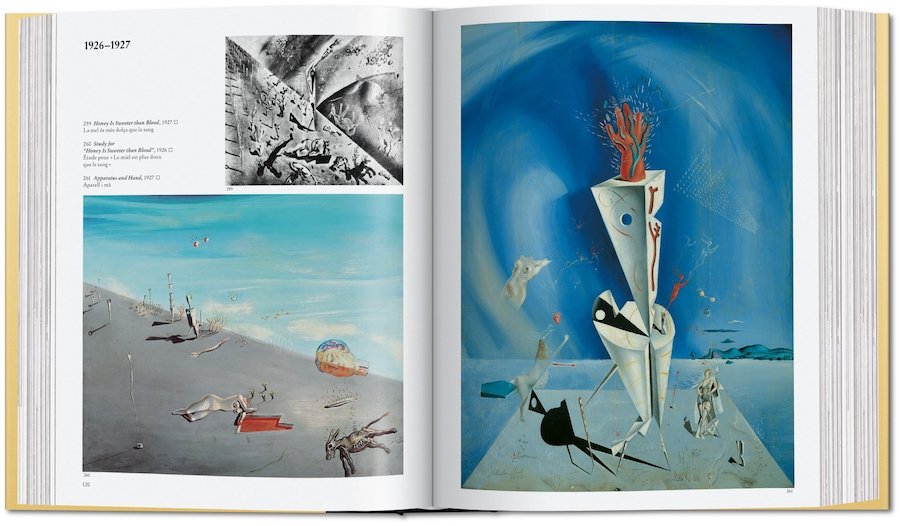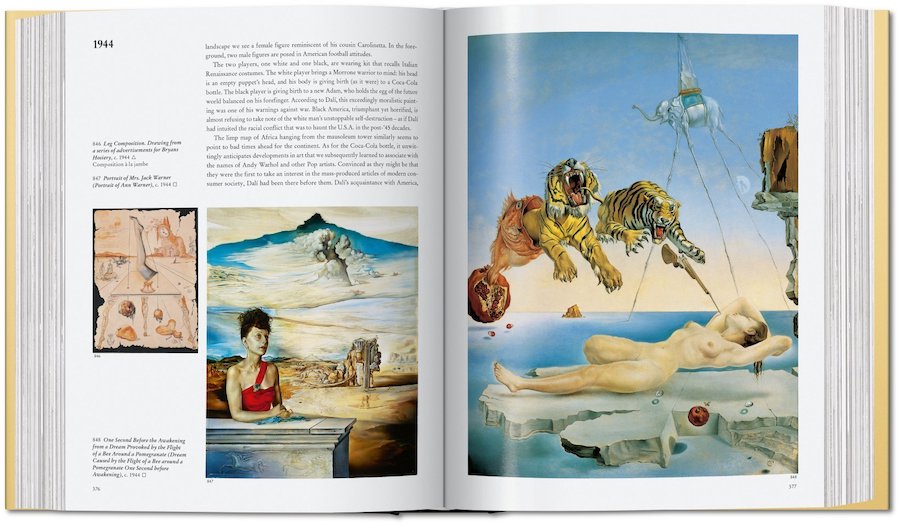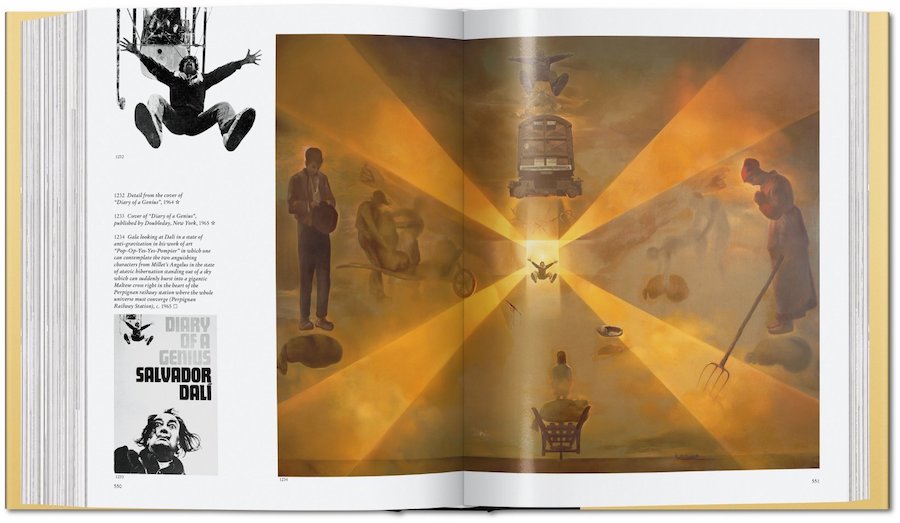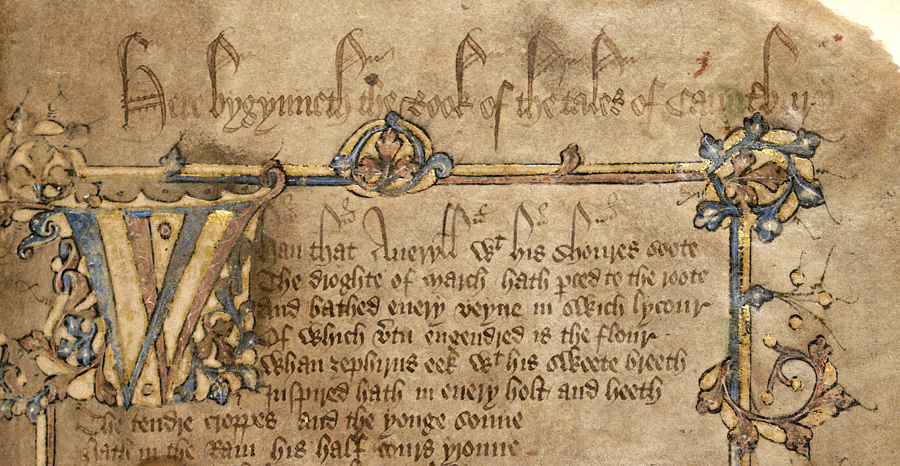To the question of who created electronic music, there can be no one answer. The form’s emergence took decades, beginning with the earliest electronic instruments in the late 19th century, developing toward the first music produced solely from electronic sources in the early 1950s, and arriving at such artistic destinations as Wendy Carlos’ 1968 album Switched-On Bach. Driving this evolutionary process were artists of a variety of nationalities and musical sensibilities, a group including several especially unignorable figures. Take, for instance, Daphne Oram, the composer and co-founder of BBC’s storied Radiophonic Workshop who created the very first piece of electronic music ever commissioned by the network.
Oram composed that music in 1957, the year before the establishment of the Radiophonic Workshop. She did it to score a BBC production of Jean Giraudoux’s play Amphitryon 38, using an electronic sine wave oscillator, a tape recorder, and a few filters — a synthesizer, in other words, of her own creation.
Experience had positioned her well to design and compose with such a device and the processes it demanded: she grew up studying the piano, organ, and composition, and as a teenager she’d taken a job as a studio engineer at the BBC, an environment that gave her access to all the latest technologies for creating and recording sound. Despite having rejected Still Point, an acoustic-electronic piece she composed for turntables, five microphones, and a “double orchestra,” the BBC aired Amphitryon 38 with her score full of “sounds unlike any ever heard before.”
That’s how Oram’s music is described in the 1950s television clip above, a visit to the “country studio in Kent” where, “unlike the traditional composer, she uses no musical instruments and no musicians.” And indeed, “she needs no concert hall or opera house to put on a performance: she can do it on a tape recorder.” As outlandish as Oram’s setup might have looked to BBC viewers at home back then, the narrator informs them that “already, electronic music is being used in films, television, and the theater,” and that some people even think her collages of unnatural sounds will be “the music of the future.” Vindicating that notion is the odd familiarity every electronic musician today will feel when they watch Oram at work among the devices of her studio, surrounded as they themselves happily are by those devices’ technological descendants.
If you would like to sign up for Open Culture’s free email newsletter, please find it here. Or follow our posts on Threads, Facebook, BlueSky or Mastodon.
If you would like to support the mission of Open Culture, consider making a donation to our site. It’s hard to rely 100% on ads, and your contributions will help us continue providing the best free cultural and educational materials to learners everywhere. You can contribute through PayPal, Patreon, and Venmo (@openculture). Thanks!
via reaktorplayer
Related Content:
Two Documentaries Introduce Delia Derbyshire, the Pioneer in Electronic Music
Hear Seven Hours of Women Making Electronic Music (1938- 2014)
Based in Seoul, Colin Marshall writes and broadcasts on cities, language, and culture. His projects include the book The Stateless City: a Walk through 21st-Century Los Angeles and the video series The City in Cinema. Follow him on Twitter at @colinmarshall or on Facebook.
